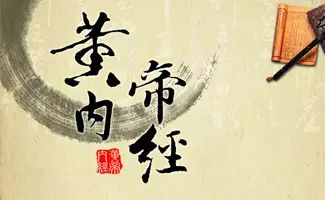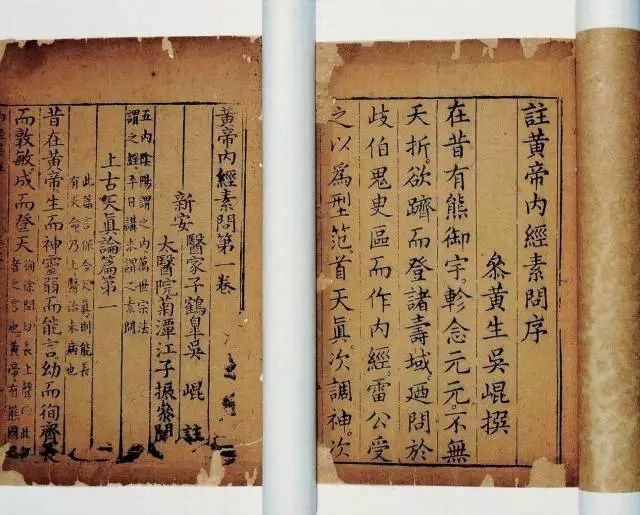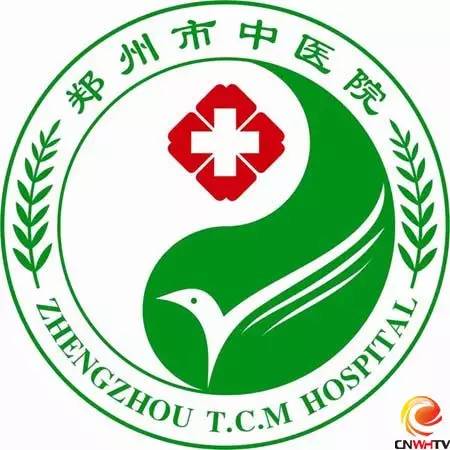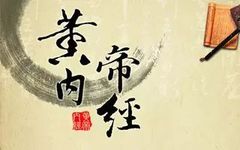The Huangdi Neijing (Yellow Emperor’s Inner Canon) is the earliest existing medical text in classical Chinese medicine, playing a significant role in the development of TCM. The theories presented in this book have consistently guided the evolution of TCM scholarship, making it an essential classic for studying Chinese medicine and a required reading for modern TCM students.
As the name suggests, “Neijing” refers to diseases related to internal medicine. According to the Suishu (Book of Sui), in addition to the Huangdi Neijing, there is also a text called the Huangdi Waijing (Yellow Emperor’s Outer Canon). These two texts are considered sister works, indicating that the Huangdi Neijing addresses topics in relation to the Huangdi Waijing.

So why is the term “Huangdi” (Yellow Emperor) used before “Neijing”? The Huangdi was an ancient emperor, belonging to the surname Gongsun. He was also known as “Xuanyuan” because he was born at “Xuanyuan Hill” and later established his nation at “Youxiong,” hence the name “Youxiong.” After defeating Chiyou, he became the Son of Heaven, and due to the auspiciousness of the earth element, which is yellow in color, he was called the “Yellow Emperor.” This book is presented in a dialogue format between the Huangdi and the physician Qibo, thus the title includes “Huangdi.”

The Huangdi Neijing is currently divided into two books: the Huangdi Neijing Suwen (Plain Questions) and the Ling Shu Jing (Spiritual Pivot). The term “Suwen” can be interpreted as fundamental inquiries, while “Wen” refers to the questions posed by the Huangdi to Qibo. The term “Ling Shu” refers to the essential pivot of spirit; as noted by the famous Ming dynasty physician Zhang Jingyue, it signifies the crucial content regarding the “spirit” and “soul” in the human body.
(Source: Internet)
Zhengzhou Traditional Chinese Medicine Hospital

Great Physicians with Sincerity
Traditional Chinese Medicine Hospital | Protecting Your Health
We Understand Chinese Medicine Better

